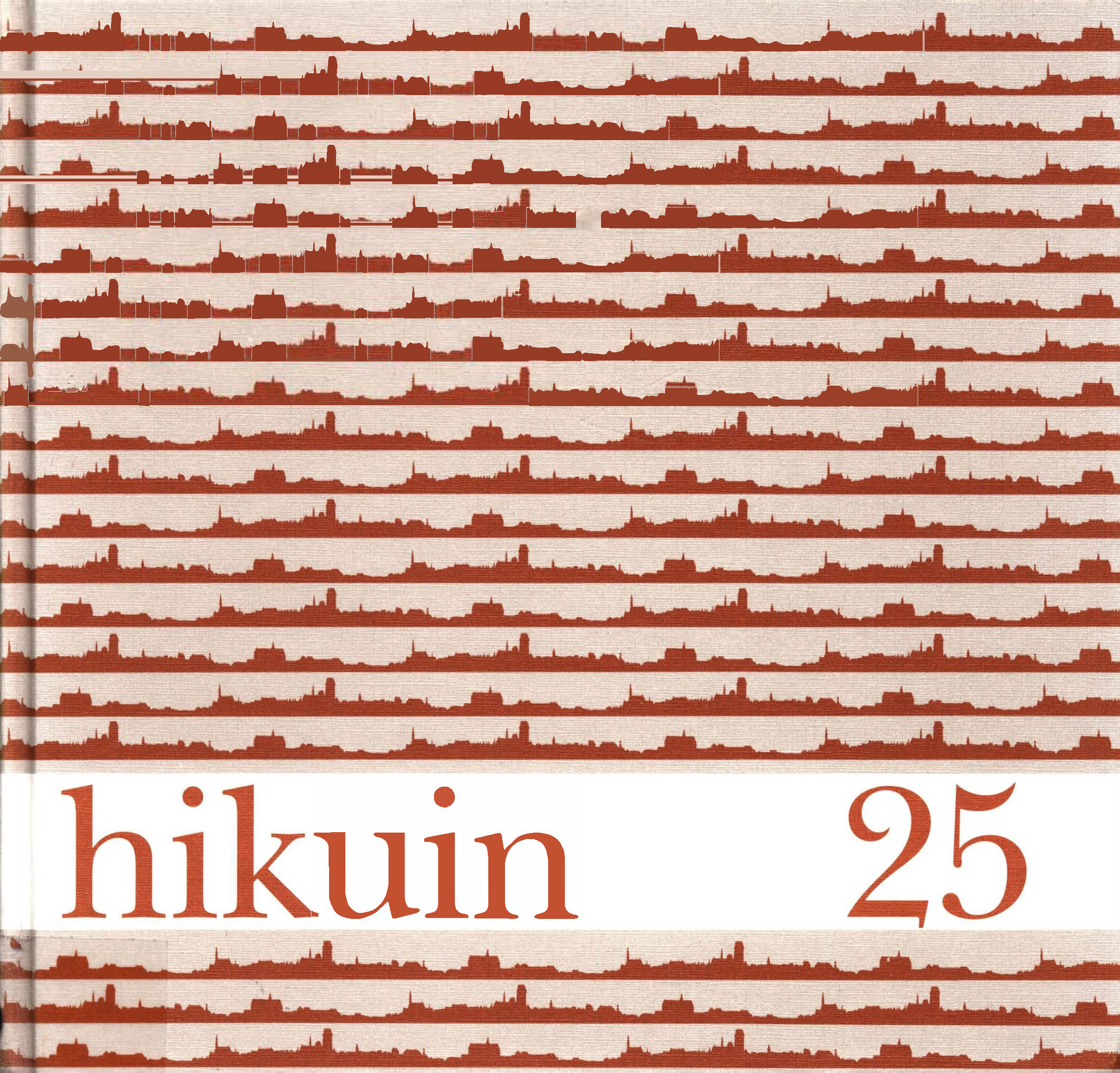Setja, efla or reisa kaupstad?
A critical reading of the Sagas on the origin of Trondheim in light of archaeological evidences
Abstract
The origin of Trondheim is mentioned in a number of Old Norse sagas from the end of the 12th and the first half of the 13th century. A striking feature of these texts is that they portray contradictory traditions about local town-formation. Their linguistic
obscurity and ambiguous content have resulted in the role of royal power in the earliest origin of the town being given differing emphasis: from playing no part at all, through a catalysing effect, to being the initiating factor in urban foundation. Recently,
the results of urban excavations throughout Scandinavia have supported the last interpretation. But the archaeological investigations have also shown that town formation was characterized by great regional variations and we must acknowledge that our
perception of the morphology of individual urban centres is still far from complete. A new reading of the sagas in the light of the physical remains from the towns may bring us somewhat closer to a deeper insight into the complex chronological and spatial dimensions of the urbanization process.
Downloads
Published
How to Cite
Issue
Section
License
Forfatter og Forlag.





